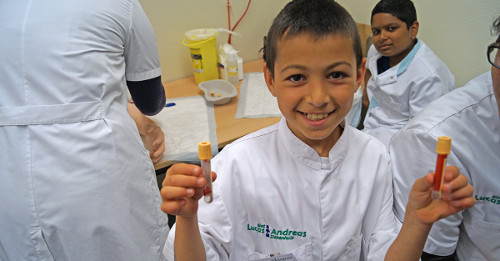The Lancet, Volume 388, 8 October 2016
Background Healthy life expectancy (HALE) and disability-adjusted life-years (DALYs) provide summary measures of health across geographies and time that can inform assessments of epidemiological patterns and health system performance, help to prioritise investments in research and development, and monitor progress toward the Sustainable Development Goals (SDGs). We aimed to provide updated HALE and DALYs for geographies worldwide and evaluate how disease burden changes with development.
Chem, Volume 1, 13 October 2016
[Figure presented] Leif Hammarström is a professor of chemical physics at Uppsala University, Sweden. He is one of the leaders of the Swedish Consortium for Artificial Photosynthesis, founded in the mid-1990s. He is chair of the Swedish Solar Energy Platform and represents Uppsala University as a core member of the Solar Fuels Institute.
Molecular and Cellular Endocrinology, Volume 434, 15 October 2016
Human Resource Management Review, Volume 26, 1 September 2016
Despite a significant increase in research and practise linking corporate social responsibility (CSR) and human resource management (HRM), a comprehensive examination of the relationship between these two constructs has yet to be undertaken. Scholars associating CSR and HRM rarely explicate their understanding of the connection between CSR and HRM (CSR–HRM) or the assumptions they make when exploring this relationship. Thus, we argue that a comprehensive review of the literature of the CSR–HRM nexus is relevant and necessary.
Elsevier Connect, September 2016

